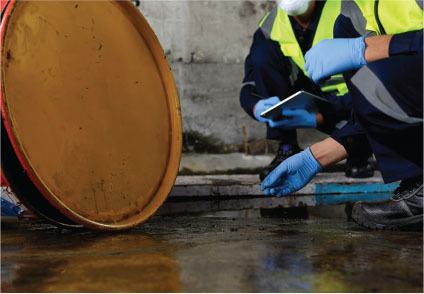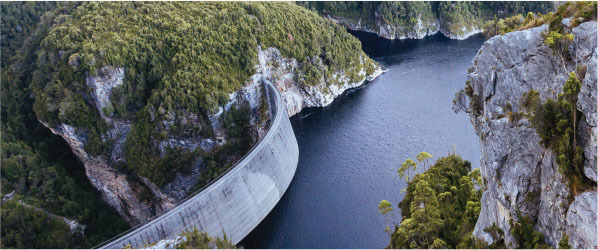April 2014
ON ETHICS: YOU BE THE JUDGE
Shedding Light on PE’s Use of Stamp
An engineer of record receives a questionable proposal from a subcontractor.
The Situation
Ben G. Neir, P.E., is the engineer of record for a building renovation project on behalf of his client. The project’s plans and specifications include the installation of skylight curbs for roof skylights. Lenny Brite, the owner of XYZ Skylight Curbs, was selected as a subcontractor on the project to provide the specified skylight curbs. Since Neir prepared the plans and specifications and is knowledgeable about building renovations, although not specifically with respect to skylight curbs, Brite proposes to retain Neir to review and stamp XYZ Skylight Curbs’ calculations and design documents in connection with the project.
 What Do You Think?
What Do You Think?
Would it be ethical for Neir to review and stamp the calculations and design documents as requested in connection with the project?
What the Board of Ethical Review Said
During any design and construction project, engineers are frequently called on by various parties (contractor, subcontractor, subconsultants, vendors, etc.) to provide clarification, design expertise, and other information for the overall benefit of the final project. While in many instances these types of services are considered to be within the normal scope of services provided by the engineer for the benefit of the engineer’s actual client, in other cases these activities may cross a line into unacceptable professional practice. Engineers need to be mindful of these factors and respond accordingly, based on appropriate ethical considerations as well as professional practice concerns.
In this case, there clearly was an existing relationship between Neir and his client, suggesting the potential for a clear conflict of interest. As the Board has stated on numerous occasions, it is generally not possible to serve two masters with competing or potentially competing interests. In addition, the facts indicate the obvious circumstances in which Neir could be placed in a situation where he may be called on to review his own work—a clear violation of the NSPE Code of Ethics. Such actions could expose Neir to potential liability and endanger the interests of Neir’s client. Further, based on the facts, there is a clear question as to whether and to what extent Neir had direct involvement in the preparation of the calculations and design documents in question; and if not, could Neir properly stamp the calculations without exercising the requisite responsible charge over the work?
Conclusion
It would not be ethical for Neir to review and stamp the calculations and design documents as requested in connection with the project, because he was not in responsible charge for the design of the skylight curb.
NSPE Code References
Section II.2.b: Engineers shall not affix their signatures to any plans or documents dealing with subject matter in which they lack competence, nor to any plan or document not prepared under their direction and control.
Section II.4: Engineers shall act for each employer or client as faithful agents or trustees.
Section II.4.a: Engineers shall disclose all known or potential conflicts of interest that could influence or appear to influence their judgment or the quality of their services.
Section II.4.b: Engineers shall not accept compensation, financial or otherwise, from more than one party for services on the same project, or for services pertaining to the same project, unless the circumstances are fully disclosed and agreed to by all parties.
Section III.5: Engineers shall not be influenced in their professional duties by conflicting interests.


 Volunteering at NSPE is a great opportunity to grow your professional network and connect with other leaders in the field.
Volunteering at NSPE is a great opportunity to grow your professional network and connect with other leaders in the field. The National Society of Professional Engineers (NSPE) encourages you to explore the resources to cast your vote on election day:
The National Society of Professional Engineers (NSPE) encourages you to explore the resources to cast your vote on election day:


